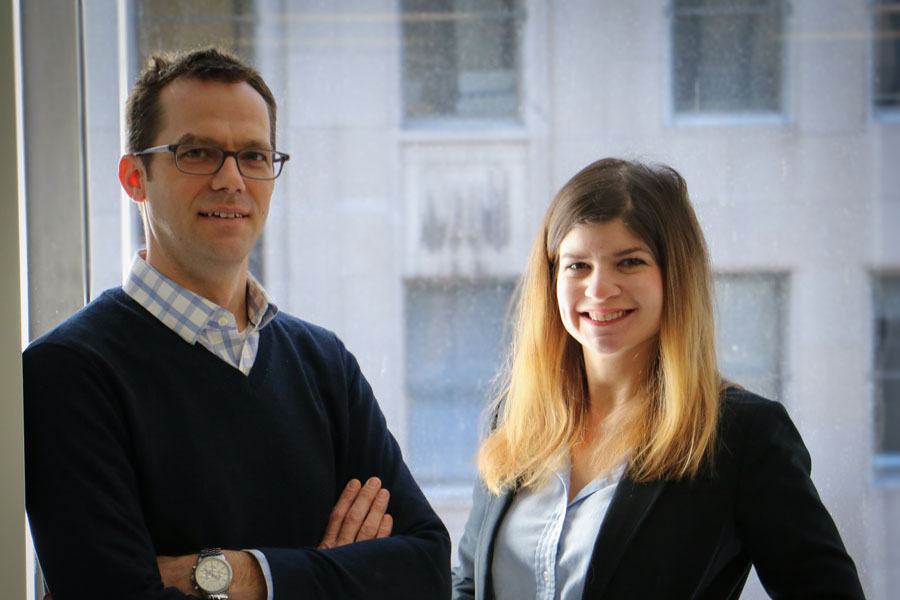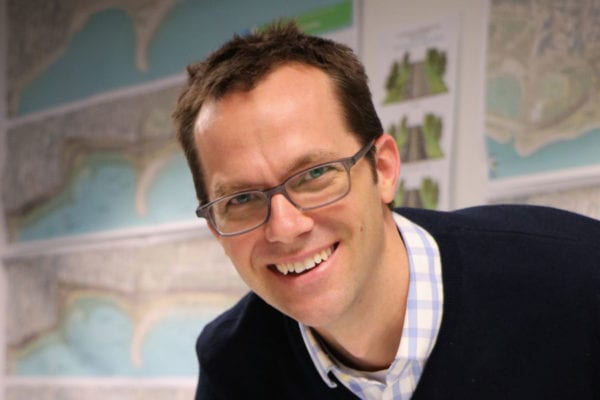
Expressways and roadways are the backbone of regional and metropolitan transportation networks. However, to thrive, these networks must also encompass or be connectable to neighborhoods, business districts, as well as community and regional destinations. Transportation engineering is most effective when a full range of travel modes are considered, including access to public transportation, bicycling, and walking. The U.S. Department of Transportation’s website states, “Connected bicycle and walking networks and designated pedestrian zones and amenities can provide safe, reliable, and equitable access to robust transit networks, providing viable and reliable travel options for all.”
Identifying a Broader Context
Civiltech has long recognized the importance of connecting all modes of transportation. Over the years, we have honed our skills, knowledge, and expertise in ADA compliance, streetscape design, and bicycle and pedestrian facility design, with exciting projects for the City of Chicago, many municipalities, and regional forest preserves. These disciplines, combined with our roadway design and traffic analysis expertise, can provide all of the pieces necessary to a thriving transportation network. By adding a transportation-focused urban planner in 2017, Civiltech has more closely tied these disciplines together. We saw the opportunity to add staff that was policy and community oriented and could focus on the bigger picture beyond a project’s defined parameters, identifying the broader context within the community.

Jacque Henrikson, AICP came to Civiltech from a not-for-profit active transportation planning organization, specializing in pedestrian and bicycle planning and policy. Her participation in multi-modal transportation planning and design gives Civiltech a larger lens to see how the project fits within the overall fabric of the community and incorporate community engagement. Jacque is passionate about access to public and active transportation.
Adding an urban/transportation planning component to Civiltech’s team offers us the opportunity to enhance our studies and designs. This goes beyond the typical transportation engineering and project limits, with expanded considerations such as land usage, economics, demographics, and connections to other neighborhoods or regions. Our clients benefit from our ability to keep abreast of new, creative planning trends and ideas being successfully implemented in other cities or regions.
Bringing it Down to Street Level
Civiltech has a strong portfolio of successful and attractive streetscape projects. In 2017, we also added a Landscape Architect to our team with a goal of enhancing the aesthetics of our urban and suburban improvements and ensuring that our quality engineering is visually pleasing and relatable for the end users.
Phil Hutchinson, P.L.A, LEED AP came to Civiltech from an urban design and landscape architecture background. He specializes in designing and developing pedestrian environments, placemaking and gateways, and incorporating green infrastructure elements in projects. His talents and background help ensure our clients that their streetscapes and urban environment improvements will be approached with community identity and sense of place as leading design factors. Phil is passionate about designing from a bike/pedestrian point of view in addition to the transportation experience.
Creating Synergy
Planning, engineering, and landscape architecture often operate in silos. Planning activities or landscape designs that occur outside of a full project team can often result in proposals or ideas that cannot realistically be implemented. Likewise, landscape architecture added later in the process to “decorate” an engineering design can be restricted by functional needs that were not incorporated during the design process.
At Civiltech, we feel that the addition of urban/transportation planning and landscape architecture working in close collaboration with our strong engineering team creates a synergy. This results in exciting, successful, and meaningful project outcomes that have the most positive impact on communities, providing new perspectives and viewpoints.
